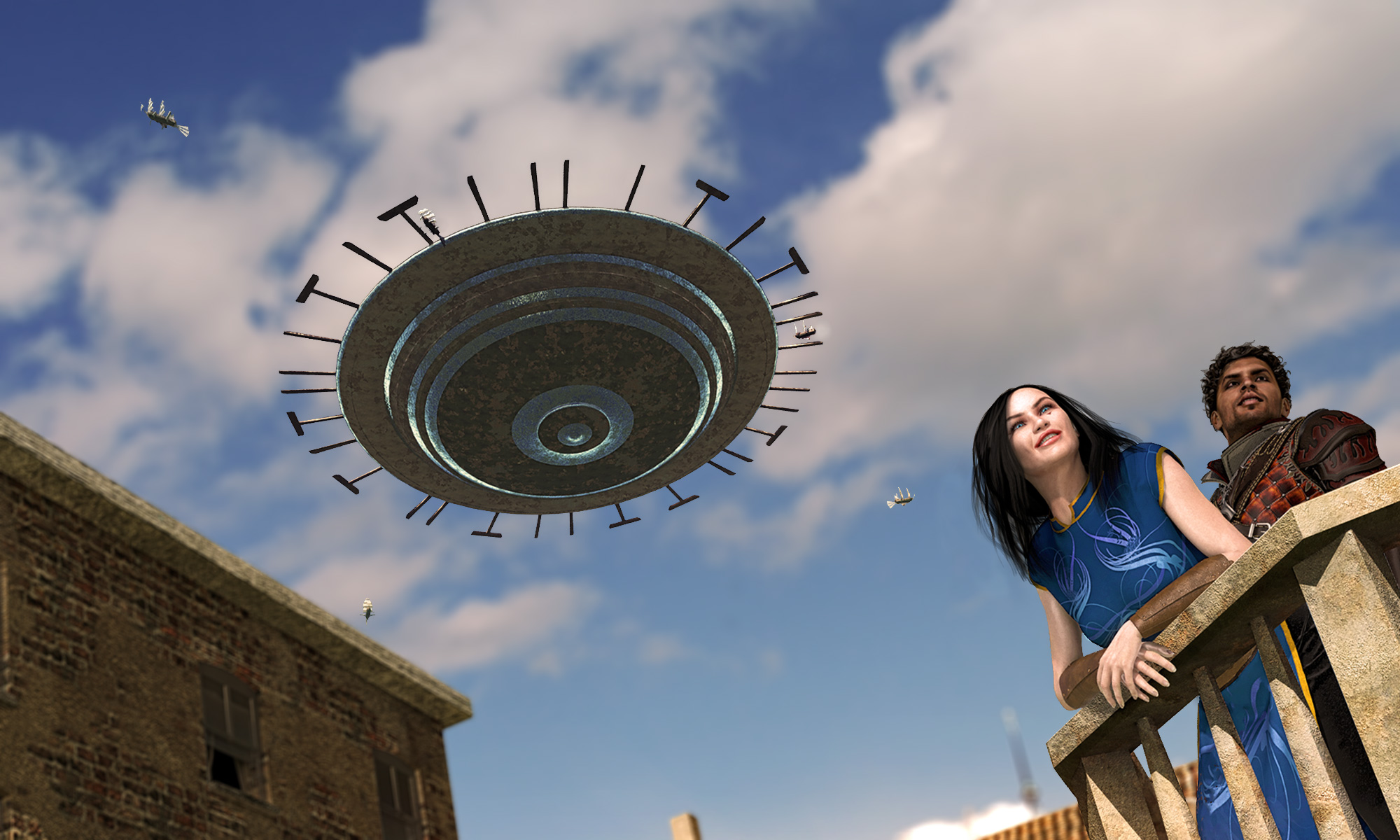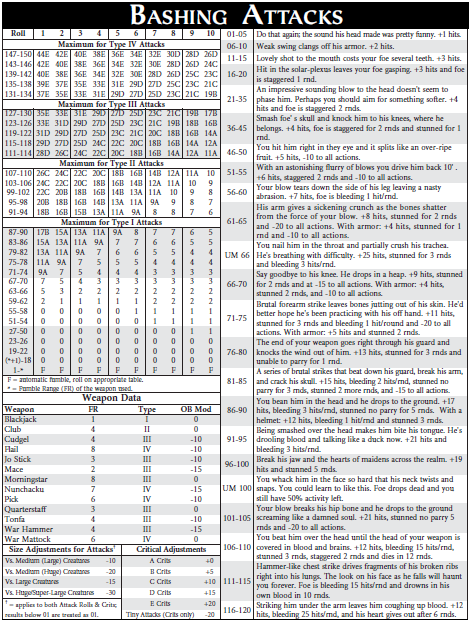
First off, Happy New Year! Over the holiday break I’ve been able to plot out a number of blog topics for the coming year and working on at least one new interview. I’m also hoping that my long gestating Shadow World module: Priest-King of Shade will make publication this year! (It seems unlikely that “Empire of the Black Dragon” will be published anytime soon even if I get the final draft to Terry and Nicholas in the next few weeks).
There was a recent POST on the RM Forums about Resurrection that caught my attention. It included a great poll that broke down some good options for Resurrection, but I wanted to explore the subject in greater detail as it touches upon several other blogs I’ve written recently. This topic is really a subset of the “impact of magic on a setting”. I explored another subset of this in a blog on “Musings on Magic and War” and a sub-topic of the “Gap between game rules and setting“.
RM was initially designed as an insert rule-set for the D&D world, and as such, still contains quite a bit of D&D DNA that is rarely questioned. As the forum responses suggest, Resurrection and its uses differ from GM to GM and raises a lot of issues around the games metaphysical setting as well.
RM expands upon the basic DnD Resurrection by dividing death into 3 separate processes:
- Soul departure. RM Soul departure rules are byzantine—calculating the time of death from unconsciousness and then applying a number of rounds for soul departure based on the character’s race. Unnecessarily complicated? Absolutely.
- Physical deterioration (stat loss). There are some vague rules in RM about recovering lost stats but despite a comprehensive healing system RM never fleshes out a consistent framework for causes of stat loss (undead, Unlife, spells, drain etc) and spells to cure temporary stat loss. A consistent system could unite various processes that use different mechanisms: unlife draining, life levels, Unlife corruption etc.
- Soul recovery. Returning a soul to the body is a fairly straight forward affair, with a number of spells at various levels allowing for resurrection.
Spell Law provides three spell mechanisms to deal with these: lifekeeping (keeps soul from departing), preservation (keeps body from decaying and stat loss), and lifegiving (returns soul to body). There are various iterations of these spells and herbs that allow for body preservation and lifekeeping. The first question I have is whether this is the best framework to deal with death and resurrection and at what level should these spell abilities occur? I don’t think I thought about this enough in my Spell Law rewrite so I may end up going back and changing some things! The second question is how rare is resurrection and how does the metaphysical framework of the setting enable resurrection?
Barring the two extremes: resurrection is very common and easily obtained or it doesn’t occur at all except in myths, there are two aspects that could be explored.
Economics. If we conflate resurrection with technology and healthcare than the U.S. healthcare system is a great model for seeing resurrection in an economic framework. Resurrection can be seen as an expensive, elective procedure available to the wealthy and/or privileged. Is this any different than what we know of medieval or class based societies? The wealthy live longer, healthier lives because they have access to healthcare, safer environmental conditions and better diets? Does treating Resurrection as an expensive, exclusive, service unbalance or disrupt the game setting? Resurrection alone is not an age prolonging treatment, just an option for traumatic injury or illness. (I would argue that life-prolonging magic should also be available either through a spell list or ritual magic).
Religion. For resurrection to work there needs to be a meta-physical framework for “souls”. What is a soul? Where does it go? How does it come back? In Shadow World, Eissa is the Orhan god of death, but does she alone control the gate to death and the disposition of souls? Why/how do some souls stay on as ghosts or undead while others pass to somewhere else? Do Elves have souls? If not than what happens to them? Are followers of the Dark Gods prohibited from resurrection since they are opposed to Eissa? Even if you don’t use Shadow World as a setting these can still be valid questions. What about “spirits” and other totem spells introduced in the RM Companions—how do they figure into all this? To me, this seems like the setting drives the mechanism and not the other way around. This makes it hard for generic rule sets like RM to be a good fit for any setting without the setting being genericized.
For the GM that wants resurrection and wants it rationed via the settings religious structure than there are lots of great options. Perhaps resurrection is only available to followers of a “God of Death”. (Probably not the most popular of Gods) Getting resurrection from a Death Cult might require quite a bit of sacrifice from the party. Another option is that a priest can only resurrect someone from their own religion. That would neuter the “generalist” Cleric in the group unless the party was all part of the same religion.
Some things to think about. Personally I’m going to review and revise my spell list “Life Mastery” and follow this basic framework.
- “Resurrection” is a higher level ability (starting at 12th lvl?) thus making it rarer in general.
- As a Closed list, Life Mastery is only available through a few of the Gods.
- In general, most religions are reluctant to provide services to follower of another god. (UOC and the Orhanian pantheons provide some leeway).
- The cost will be high in either an offering or services.
- Stat loss, both temporary and potential will be notable, increasing the cost of resurrection.
These rules almost preclude a battle-field resurrection occurring. Instead, the group would need to find a cleric of the right religion, of the right level, pay the cost in either money or service and the resurrected player will need to recover and pay a cost in stat loss. That’s a lot of hurdles that may not make sense for the group. However, it does provide an adventure hook if they do.


![The Crimson Queen by [Hutson, Alec]](https://images-na.ssl-images-amazon.com/images/I/517gjCpz-dL.jpg)



 http://www.ebay.com/itm/1976-vintage-Matchbox-Mobile-Action-Command-RESCUE-CENTER-playset-Lesney-MAC-/381878473020
http://www.ebay.com/itm/1976-vintage-Matchbox-Mobile-Action-Command-RESCUE-CENTER-playset-Lesney-MAC-/381878473020